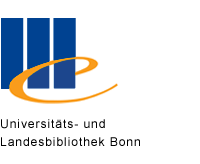The article reports an analysis of the findings of a search for household budget surveys for Latin America for the period from the earliest surveys to the late 1960s. Over one hundred studies were located. References to these surveys are available at http://www.sussex.ac.uk/ globalincomeinequality/. In Appendix 1 we offer a synopsis of the history, context and contents of all the surveys, including those that did not contain useable data. We discuss the comparability of each country’s surveys in turn, offering a table for each country with indicator of size, scope and other features. Our final work is to model the progress of inequality, as reflected in Gini coefficients, 90/10 and 50/10 percentile ratios in the region. We find that the bulk of the measured rise is inequality from the 1930s to the 1960s is due to changing survey methods and objectives, in particular the expansion of the scope of the surveys from a narrow focus on urban manual worker-headed households to a later broad focus on the population. Finally, we predict the pattern of inequality over time that might have been found had the earlier surveys been unrestricted in terms of target population and randomly sampled. We find a modest increase from the early years to the 1960s in Gini inequality.

